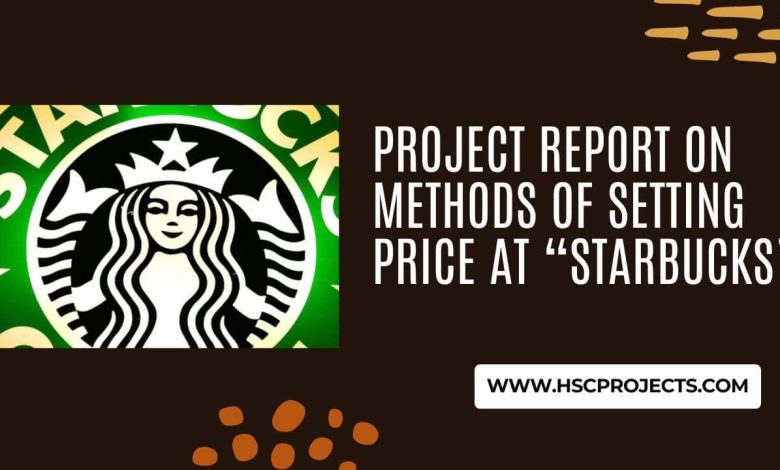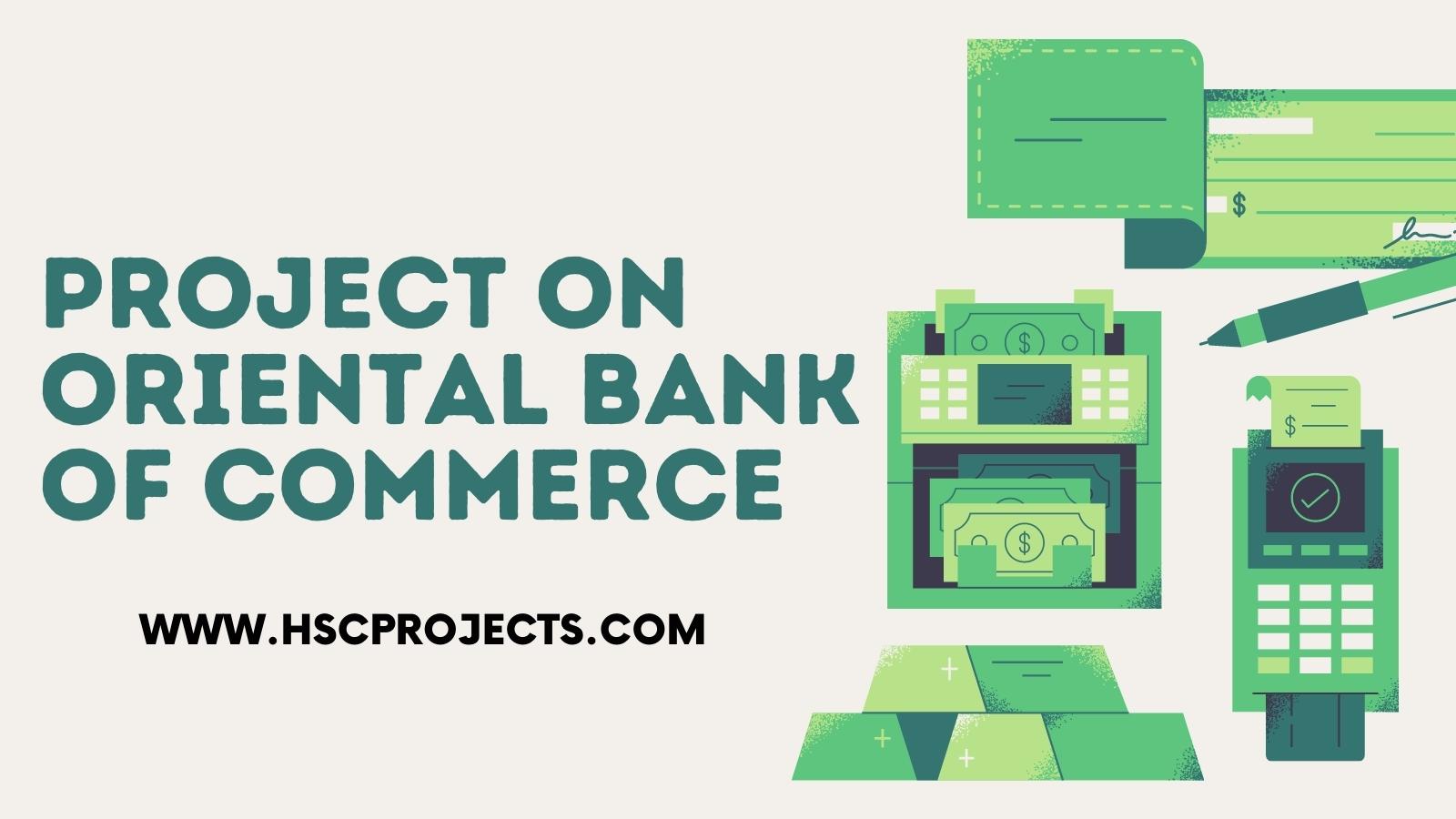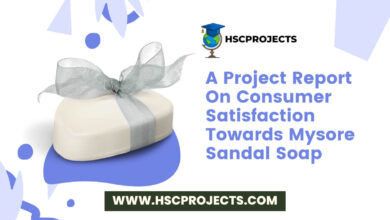
Project Report On Methods Of Setting Price At “Starbucks”
Introduction
Starbucks was founded by Jerry Baldwin, Gordon Bowker, and Zev Siegl, opening its first store in 1971 near the historic Pike Place Market in Seattle. The three Starbucks founders had two things in common: they were all coming from academia, and they all loved coffee and tea. They invested and borrowed some money to open the first store in Seattle and named it “Starbucks” after the first mate, Starbucks, in Herman Melville’s classic novel Moby Dick. Alfred Peet, a coffee roasting entrepreneur, was a major inspiration to the founders of Starbucks. Peet was a Dutch immigrant who had begun importing fine Arabica coffees into the United States during the 1950s. In 1966 he opened a small store, Peet’s Coffee and Tea, in Berkeley, California, that specialized in importing first-rate coffees and teas. Peet’s success encouraged the Starbucks founders to base their business model on selling high-quality coffee beans and equipment, and Peet became the initial supplier of green coffee beans to Starbucks.
The partners then purchased a used roaster from Holland, and Baldwin and Bowker experimented with Alfred Peet’s roasting techniques to create their own blends and flavors. By the early 1980s, Starbucks had opened four stores in Seattle that stood out from the competitors with their top-quality fresh-roasted coffees. In 1980 Siegl decided to pursue other interests and left the two remaining partners, with Baldwin assuming the role of company president.
Market Share
Market share is the percentage of a market accounted for by a specific organization, in this case, it is defined in terms of units but can also be defined in terms of revenue. As of 2020, Starbucks maintained the highest share of the coffee shop market in the United States when it came to number of stores with 40 percent. The world-famous chain accounted for approximately 15,337 stores in its home nation. In comparison, competitor Dunkin’ (formerly known as Dunkin’ Donuts) had around nine thousand stores.
The number of Starbucks stores worldwide reached 33.8 thousand in 2021 (including other segments owned by the coffee chain such as Siren Retail and Teavana). The coffee giants’ units have grown year-over-year for the past decade. The only exception to this was in 2009 when a decline in units was seen, most likely as a result of the global financial crisis. Global expansion has ultimately allowed the coffee chain to almost double its number of locations over the past ten years.
Pricing Methods In Marketing
Each company seeks to maximize its income while determining the market value of a new product. In this article, we described how to do it right in detail. You will learn the six basic methods of pricing. Each pricing approach has its own characteristics, advantages, and disadvantages. Each described method for calculating the optimum rate is used in practice, but an ideal one for you depends on the principles of process management in your company. So read, learn, and choose the best practice for your business.
In marketing, there are six main pricing methods, two of which are methods of calculating prices based on the cost of the product (cost-oriented pricing), and four other pricing models are based on the factors of market environment (market-oriented pricing).
Title – Project Report On Methods Of Setting Price “Starbucks”
Author – Umang Harsh
College – Poddar Management And Technical Campus Jaipur
In order to download the PDF, You must follow on Youtube. Once done, Click on Submit
Follow On YoutubeSubscribed? Click on Confirm
Download Project Report On Methods Of Setting Price At “Starbucks” PDF






